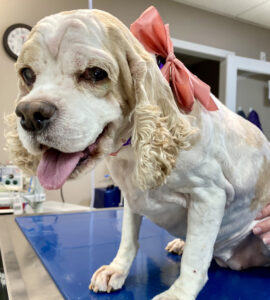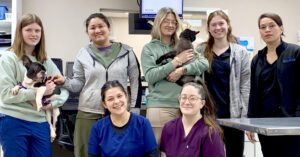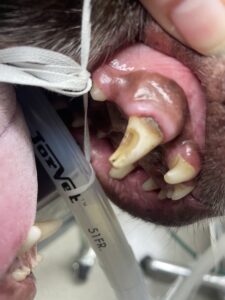One of the best parts of our job as veterinary professionals is to help educate clients on how to keep their pets healthy so they may remain part of the family for as long as possible. That’s what our blog is all about. Check back often or search for topics of interest.
Uncategorized

Being a VTS is taking it to the next level. By: Mary Anne Evans BS, CVT, VTS(ECC) If you’re a veterinary technician with a passion for animals and...
Uncategorized

Easter is here and many homes are filled with festive decorations and springtimeblooms—including the beautiful and fragrant Easter lily. While these flowers may be a symbol of renewal...
Uncategorized

We all love our furry friends, but vet visits can sometimes be stressful for both pets and their owners. That’s why we’re excited to offer Fear-Free visits with...
Uncategorized

Walk-in and same day appointments available. Come in, call or text us at (610) 873-4091. Our approach to veterinary medicine is radically different. It’s simpler and much more...
Uncategorized

February is Dental Health Month! Dental disease is one of the most common health issues in household pets, yet it often goes unnoticed until it becomes severe. Just...
Uncategorized

Mon-Wed: 8am – 7pm
Thurs-Fri: 8am – 5pm
Sat: 9am – 1pm
Sun: Closed